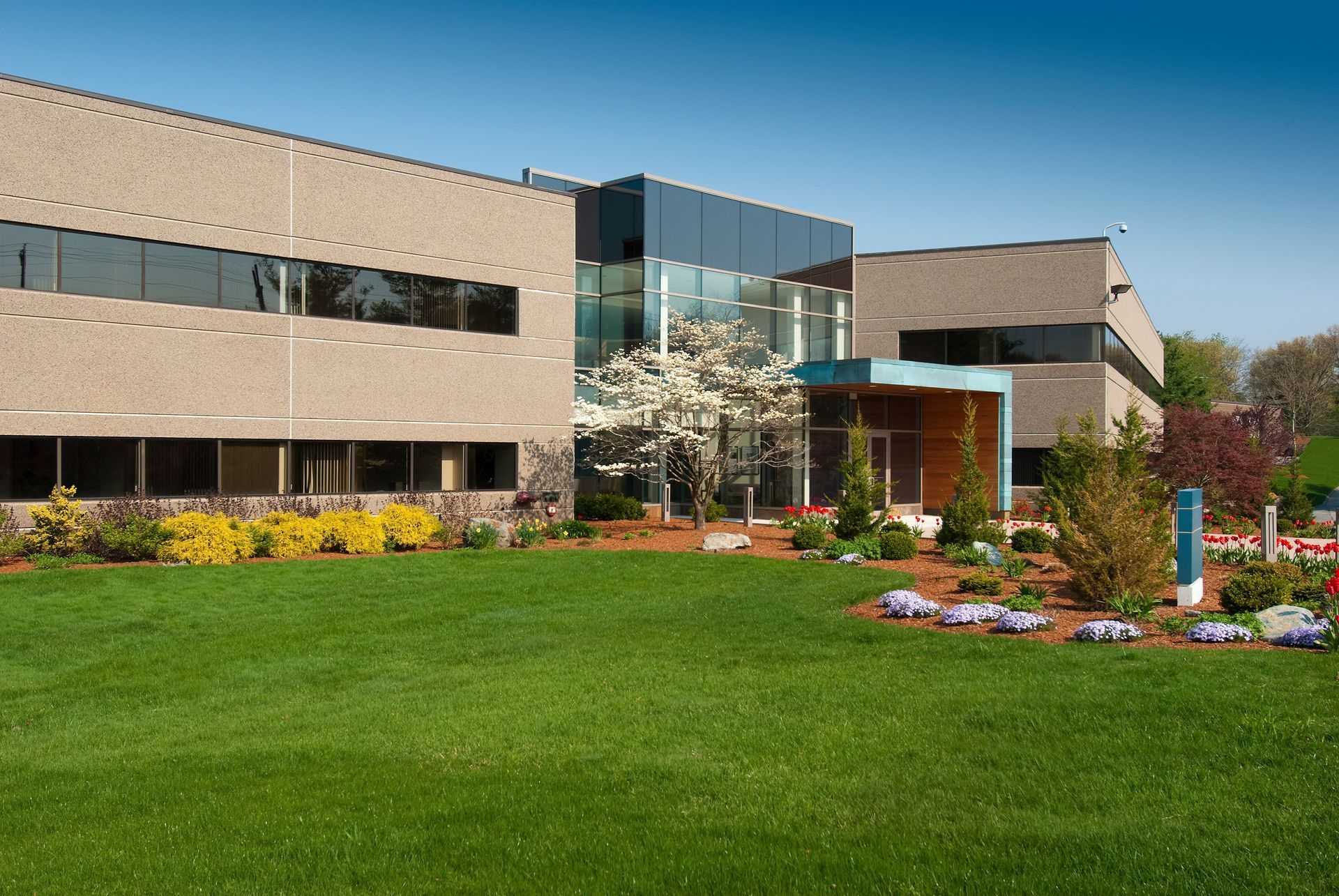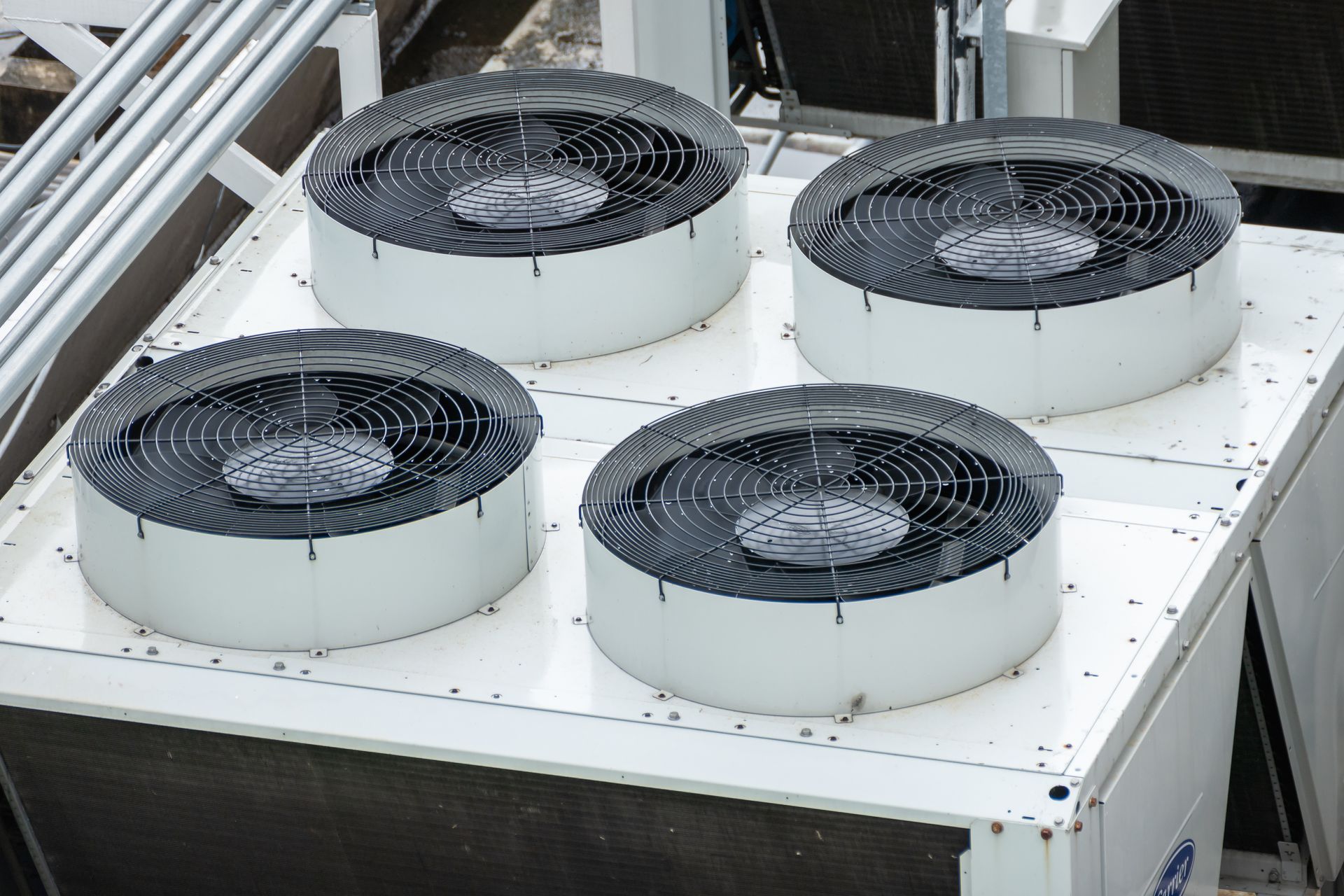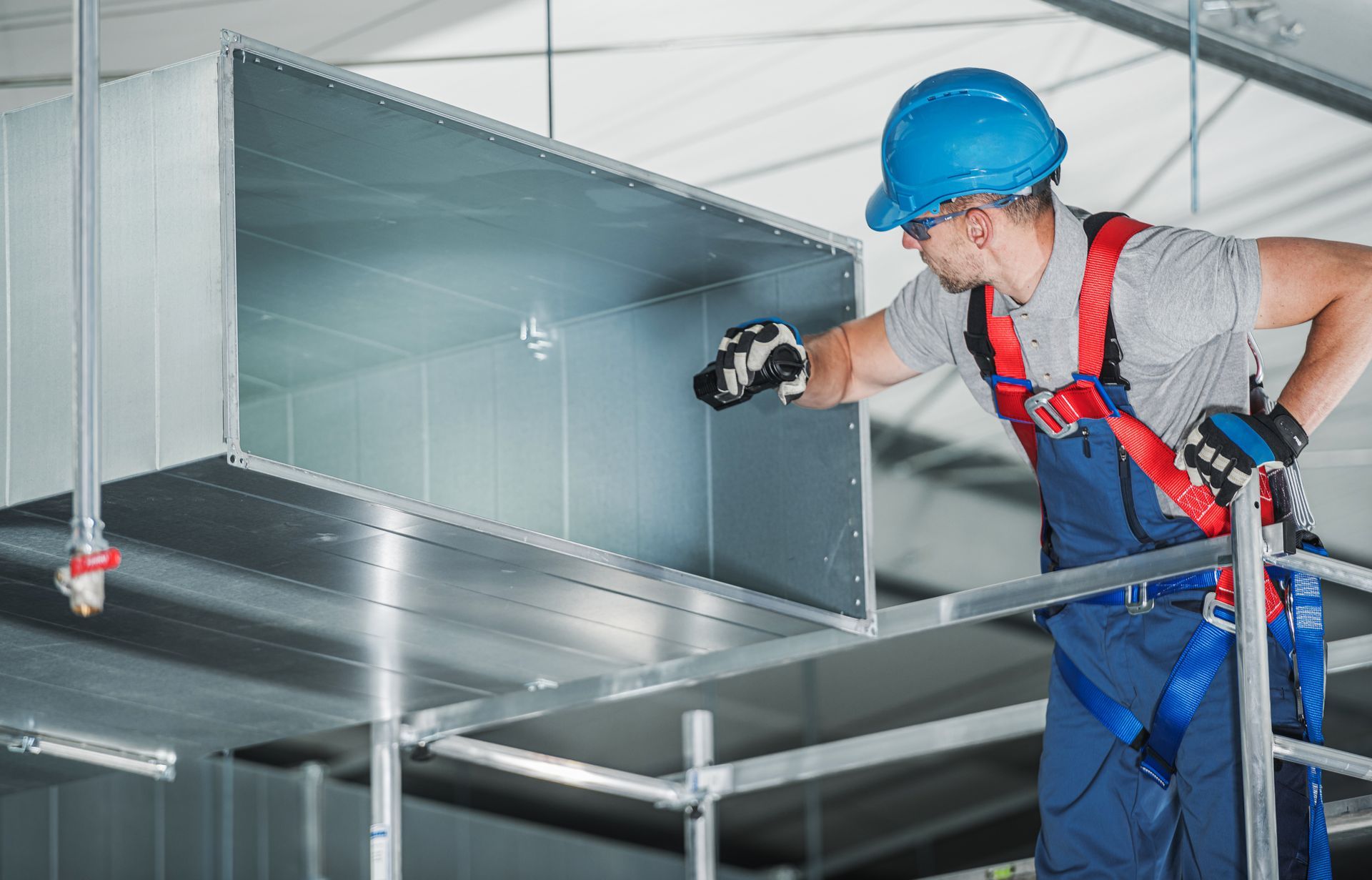HVAC Units and Best Practices for Regulating Temperatures in Churches and Other Houses of Worship
Share

Climate control in churches, synagogues, mosques and other houses of worship presents a unique set of challenges. These spaces are often large, open and architecturally complex, with high ceilings, limited insulation and occupancy levels that fluctuate dramatically from day to day.
Whether you’re managing a traditional church in Arlington or a modern worship facility in the greater DFW area, maintaining comfort while controlling operating costs can be a balancing act.
Challenges of Climate Control in Worship Spaces
Irregular Occupancy
Most houses of worship remain empty for much of the week, only to fill up with hundreds, or even thousands, of attendees during services or events. Systems must be capable of ramping up quickly without wasting energy during low-use periods.
High Ceilings and Large Volumes of Air
Tall sanctuaries and open layouts create thermal stratification, where warm air rises and lingers far above occupied areas. This often requires systems that can deliver high airflow volumes or be supplemented by destratification fans.
Humidity Control
Especially in North Texas, humidity can affect occupant comfort and even damage sensitive interior features like wood pews, instruments or historical fixtures. HVAC systems should include humidity management as part of their overall control strategy.
Acoustic Considerations
Maintaining a quiet environment is essential in worship settings, so selecting HVAC equipment designed for low noise operation is critical. Large churches or facilities that have mechanical rooms typically try to locate them away from the sanctuary and use sound-dampening materials in ductwork to minimize noise intrusion during services.
HVAC Systems That Work Well in Churches
Packaged Rooftop Units (RTUs)
When the building design allows for rooftop access, RTUs are a popular choice. They’re efficient, easy to service and can be configured for zoning and humidity control. However, not all churches have flat or reinforced roofs capable of supporting these units.
Split Systems with Air Handlers
In buildings where rooftop installation isn’t feasible, such as older or architecturally significant churches, split systems with ground-level condensers and indoor air handlers offer more flexibility.
Variable Refrigerant Flow (VRF) Systems
VRF systems are ideal for buildings with multiple zones and varying usage patterns. They provide precise temperature control and energy efficiency but come at a higher upfront cost. They’re often a good fit for churches with classrooms, offices or fellowship halls in addition to the sanctuary.
System Redundancy and Reliability
Given the importance of maintaining a comfortable environment during services and events, incorporating redundancy into HVAC system design can prevent disruptions due to equipment failure. This might involve installing multiple smaller units rather than a single large system, ensuring that if one unit fails, others can maintain adequate climate control.
Systems That May Not Perform as Well
Single-Zone Systems
While cost-effective up front, single-zone systems are rarely ideal for worship spaces due to their lack of flexibility. Cooling an entire building just to condition a small office or classroom during off-hours can waste significant energy.
Window or Portable Units
Window or portable air conditioners are rarely adequate for permanent use in large worship spaces. They offer limited coverage and create hot/cold spots, and most aren't powerful enough for larger volumes of air. However, using a mini-split or ductless heat pump for offices, classrooms or separate structures on the property may be an effective way to enhance zone control and save money on overall energy costs.
Placement Considerations
Roof Constraints
Many older or ornate churches have pitched roofs, steeples or unsupported structures that make rooftop unit installation impractical. In those cases, equipment must be installed at ground level or in mechanical rooms, which may be limited in size or access.
Noise Management
Sanctuary acoustics matter. Equipment placement should avoid creating noise that could interrupt services, music, or spoken word. This may require locating equipment away from the main sanctuary or using insulated ducting.
Ductwork Design Challenges
Long Runs and Airflow Loss
Large buildings with minimal interior walls often require long duct runs, which can result in pressure loss. Proper sizing, sealing and possibly booster fans may be needed to maintain airflow across the space.
Limited Interior Access
In historic or architecturally protected buildings, retrofitting new ductwork can be difficult without compromising aesthetics. These projects often require custom solutions and creative routing to preserve the look of the space.
Providing Dependable, Creative and Affordable Heating and Cooling Solutions for Houses of Worship in Arlington, Fort Worth and Dallas
Designing and maintaining HVAC systems for churches and other houses of worship calls for more than just raw capacity. It requires smart zoning, humidity control, noise consideration and flexibility to match unique usage patterns.
At Tom’s Commercial, we help worship facilities in Arlington, Fort Worth and Dallas find the right system for their layout, congregation size and use needs. Call us at 817-857-7400 to schedule a quote and learn more about our air conditioning, heating and climate control solutions.










